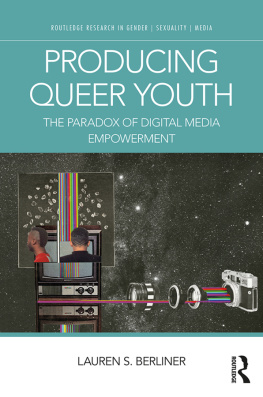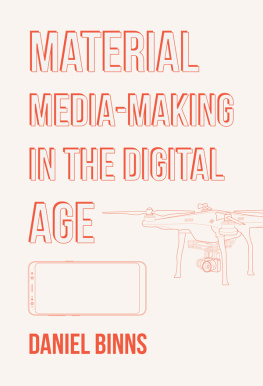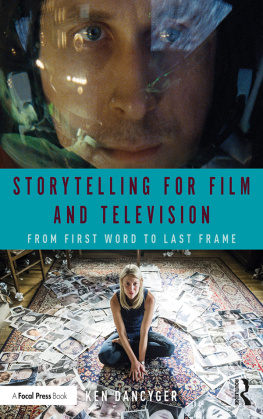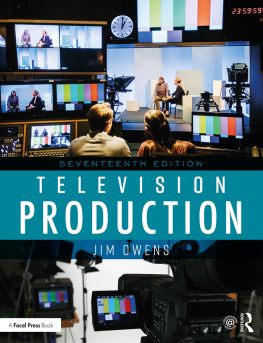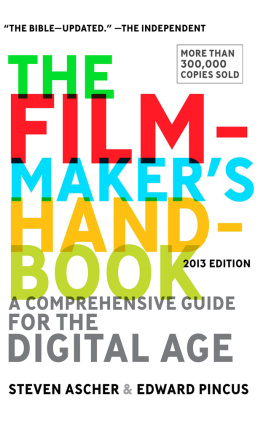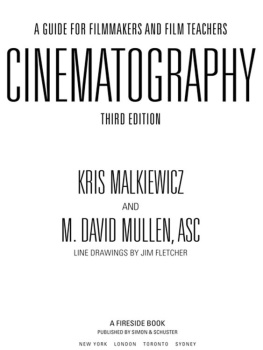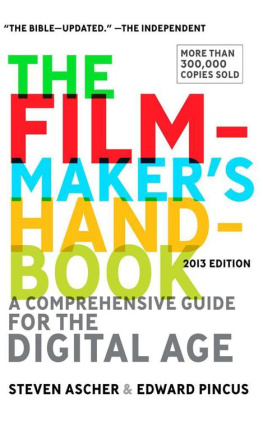the
ad-makers
How the Best TV Commercials are Produced
Tom von Logue Newth
I L E X
THE AD-MAKERS
First published in the United Kingdom in 2013 by
ILEX
210 High Street
Lewes
East Sussex
BN7 2NS
Distributed worldwide (except North America)
by Thames & Hudson Ltd., 181A High Holborn, London
WC1V 7QX, United Kingdom
Copyright 2013 The Ilex Press Ltd.
Publisher: Alastair Campbell
Creative Director: James Hollywell
Executive Publisher: Roly Allen
Managing Editor: Nick Jones
Senior Editor: Ellie Wilson
Commissioning Editor: Zara Larcombe
Art Director: Julie Weir
Designer: Grade Design
Any copy of this book issued by the publisher is sold subject to the condition that it shall not by way of trade or otherwise be lent, resold, hired out, or otherwise circulated without the publishers prior consent in any form of binding or cover other than that in which it is published and without a similar condition including these words being imposed on a subsequent purchaser.
British Library Cataloguing-in-Publication Data
A catalogue record for this book is available from the British Library.
ISBN: 978-1-78157-057-9
All rights reserved. No part of this publication may be reproduced or used in any form, or by any means graphic, electronic or mechanical, including photocopying, recording or information storage-andretrieval systems without the prior permission of the publisher.
All images their respective copyright holders.
Colour Origination by Ivy Press Reprographics

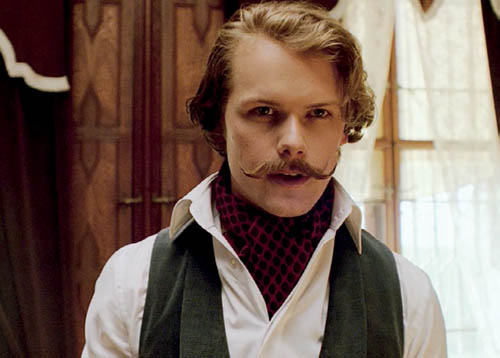


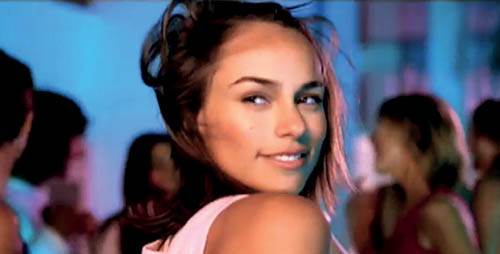
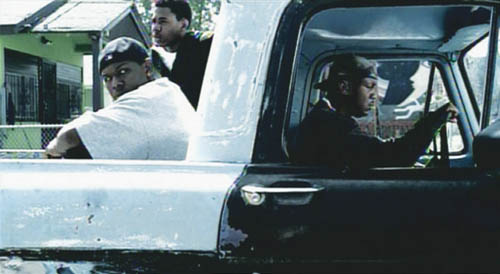
Contents
Introduction
Written advertising is as old as commerce itself. The development of radio, television, and cinema in the twentieth century, however, provided businesses with an exciting and dynamic new way to promote their products and services. While cinema relied primarily on advertising forthcoming featuresthe first trailer was shown in 1913and early radio shows were usually backed by individual sponsors, it was the explosion of broadcast television in the 1950s and 1960s that created the moving-imageadvertising climate with which we are familiar today.
Initially, many television shows relied on the radio model, being sponsored by a single business or product, but it became quickly apparent that far greater profits were to be made by selling smaller parcels of time to different advertisers. And so the commercial break as we know it was born, a pause in the scheduled programming for a brief string of thirty-second films, promoting different products.
Advertising agencies predate the moving image by approximately a century, and so by the time of the television explosion of the fifties, they were eager to provide companies with the expertise required to capitalize on this new outlet. Typically, a business will employ an advertising agency to create its commercials across a number of different platforms. The commissioning company will usually provide a basic outline of what it hopes to achieve with the advertising campaign, what message it wishes to convey, and which audience it hopes to reach; the agency will then refine these criteria, apply its own creative expertise, and flesh out a practical plan of action.
These conventions remain. First, however, the advent of digital recording technology and TiVo hard drives made it increasingly easy for consumers automatically to skip the advertisement breaks altogether. Then the mobile device took over, screens became both bigger and smaller, and a whole plethora of new platforms was born. The thirty-second TV commercial is far from obsolete, but its target audience can now more frequently be reached in a far wider variety of ways.

Levis Type 1 Jeans Runaway Car (BBH/Traktor Films).

PG Tips The Return (Mother/Rattling Stick, d. Daniel Kleinman).

Coca-Cola Border (Weiden+Kennedy/Furlined, d. Adam Hashemi).

Doritos Tracker (Independent Superbowl commercial, d. Marcus Dunn, Jonathan Darden).
TV Advertising in the Internet Age
Traditional short-film type advertisements have found a home on video channels, playing in front of video clips or in page banners. Others have stretched the format or been presented as episodes. The ease with which videos can be watched, sent, linked to, and embedded has allowed the form to develop in ways that are free of traditional television requirements and conventions. While the mobile device in the back pocket is a well-established platform, however, the emergence of the Xbox as a catch-all media device, and the rise of the SmartTV, suggest that the screen in the living room is not going away.
The Internet age has added an extensive new dimension to the agencys role, also, as they catch up with the potential of virtual advertising. Frequently they will find it useful to subcontract to specialized companies who have proved themselves adept at handling commercial distribution across social media, search engines, video sites, and other interactive spaces.
However, whether intended to play before a YouTube video, in the Super Bowl half-time break, or in the back of a New York taxi, the actual process of creating these short films remains largely unchanged. Once the creative plan has been sufficiently structuralized, the film will be physically shot or digitally animated, and then subjected to the appropriate post-production polishing.
The blooming of ways in which media is today consumed has allowed advertisers to stretch their imagination in terms of form, be it drawing from the popularity of documentary approaches and viral videos or exploiting interactive potential. Personal devices become a direct one-on-one conduit to the consumer, who may as well watch an entertaining advertisement as any other YouTube video. This demands a shift in the way advertisers relate to their audience, as the relationship between the two become more apparently personal.
Stages from Conception to Distribution
The process of creating a commercial remains basically unchanged. The client works out its message, audience, and selling points, to a greater or lesser extent, and presents them in a brief or conceptual deck. The creative director of the chosen ad agency will use this, the messaging, and the overall conceptual deck to develop a mass of different ideas and numerous scripts. With perhaps the best three, the agency will canvas production houses and look at directors reels. Perhaps three directors will be selected, based on talent and availability, and each of them will produce a treatment. By this stage, decision-making has to go through a number of levels, from agency to client, but once a decision as to the director has been reached, pre-production will start almost immediately.
Next page

